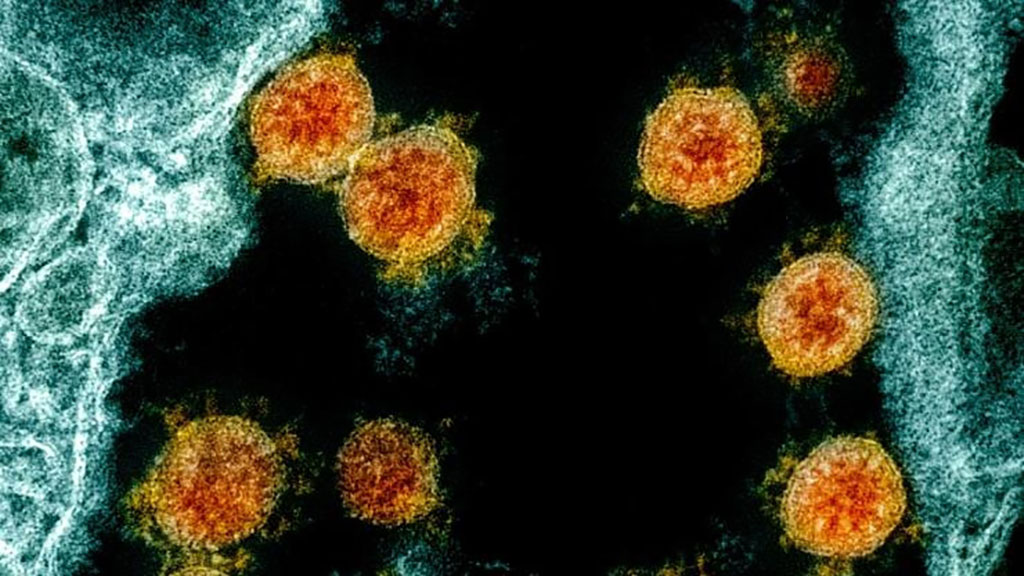AI Tool Pairs Protein Pathways with Drug Side Effects and Patient Comorbidities to Suggest Targeted COVID-19 Treatments
Posted on 25 Oct 2021
A new artificial intelligence (AI)-based tool helps clinicians understand and better predict which adverse effects their COVID-19 patients could experience, based on comorbidities and current side effects - and, in turn, also helps suggest specific FDA-approved drugs that could help treat the disease and improve patient health outcomes.
Researchers at the Georgia Institute of Technology (Atlanta, GA, USA) and Emory University (Atlanta, GA, USA) are trying to help clinicians sort through these factors and spectrum of patient outcomes by equipping healthcare professionals with a new “decision prioritization tool.” The symptoms and side effects of COVID-19 are scattered across a diagnostic spectrum. Some patients are asymptomatic or experience a mild immune response, while others report significant long-term illnesses, lasting complications, or suffer fatal outcomes.

The team’s new methodology, or tool, is called MOATAI-VIR (Mode Of Action proteins & Targeted therapeutic discovery driven by Artificial Intelligence for VIRuses. Researchers report it predicts 24 out of 26 major clinical manifestations of Covid-19 and their underlying disease-protein-pathway relationships. Those clinical manifestations cover a range of issues including acute respiratory distress, blood clotting issues, cytokine storms, low blood oxygen and white blood cell counts, and even bone marrow failure. The commonly reported loss of smell or taste, along with unusual neurological symptoms such as “brain fog” have received widespread attention - as have considerations for patients who have previous health problems, or comorbidities, that could place them in higher risk categories related to COVID-19.
According to the researchers, most known diseases are due to the “malfunction and interaction of many proteins,” and notes that it’s a collective effect - a “many-targeted protein effect.” The team’s new AI methodology is identifying as many targets as possible of an interacting nature to predict a complex response from a complex set of interactions. It is also well-understood in the medical community that comorbidities - existing and chronic health factors such as diabetes, obesity, autoimmune disorders, and other conditions that affect the immune system - can play an outsized a role in risk factors related to COVID-19. Those comorbidities can be plugged into the team’s algorithm, too, say the researchers. The MOATAI-VIR methodology helps identify the common proteins of the comorbidities in relation to the parent disease. A clinician can then target the diseases with drugs. Researchers report that this specific methodology had 72% success in 123,146 drug-indication pair predictions found by the research team.
“It’s still the question of, what’s causing the side effects?” said Jeffrey Skolnick, professor and Mary and Maisie Gibson Chair in the School of Biological Sciences, and corresponding author for the study. “So, you lost sense of smell and got brain fog - and another (patient) had respiratory distress, and another can’t remember the day of the week. What we’ve identified are the possible mode of action drivers for these various conditions, which is now setting the stage for who’s getting what side effects.”
“For a given disease, we prioritize them by the proteins that are most in common with the comorbid diseases to the given disease, giving rise to the particular complication, such as respiratory failure. This identifies the putative (assumed) driver proteins for the given complication,” added Skolnick. “Then we select repurposed drugs in two ways - we screen the most common comorbid proteins for their most frequent binding to repurposed drugs. For the set of comorbid diseases to a given complication, choose the drugs that treat the most complications.”
It’s critical to find the right drugs for those complications and side effects - and using the new “decision tool” can help do that, Skolnick says.
Georgia Institute of Technology
Emory University














